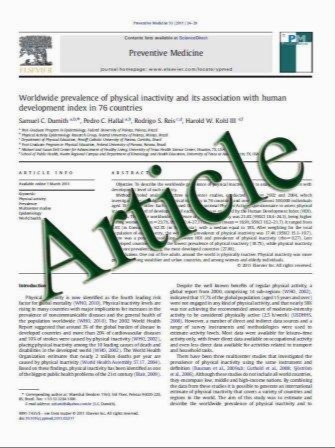The Effect of Decompressive Hemicraniectomy on Brain Temperature After Severe Brain Injury
- نوع فایل : کتاب
- زبان : انگلیسی
- مؤلف : Kazuma Nakagawa • Nancy K. Hills • Hooman Kamel • Diane Morabito • Pratik V. Patel • Geoffrey T. Manley • J. Claude Hemphill III
- چاپ و سال / کشور: 2011
Description
Background Animal studies have shown that even a small temperature elevation of 1C can cause detrimental effects after brain injury. Since the skull acts as a potential thermal insulator, we hypothesized that decompressive hemicraniectomy facilitates surface cooling and lowers brain temperature. Methods Forty-eight patients with severe brain injury (TBI = 38, ICH = 10) with continuous brain temperature monitoring were retrospectively studied and grouped into ‘‘hemicraniectomy’’ (n = 20) or ‘‘no hemicraniectomy’’ (n = 28) group. The paired measurements of core body (TCore) and brain (TBr) temperature were recorded at 1-min intervals over 12 ± 7 days. As a surrogate measure for the extent of surface heat loss from the brain, DTCore-Br was calculated as the difference between TCore and TBr with each recording. In order to accommodate within-patient temperature correlations, mixed-model regression was used to assess the differences in DTCore-Br between those with and without hemicraniectomy, adjusted for core body temperature and diagnosis. Results A total of 295,883 temperature data pairs were collected (median [IQR] per patient: 5047 [3125–8457]). Baseline characteristics were similar for age, sex, diagnosis, incidence of sepsis, Glasgow Coma Scale score, ICU mortality, and ICU length of stay between the two groups. The mean difference inDTCore-Br was 1.29 ± 0.87C for patients with and 0.80 ± 0.86C for patients without hemicraniectomy (P < 0.0001). In mixed-model regression, accounting for temperature correlations within patients, hemicraniectomy and higher TCore were associated with greaterDTCore-Br (hemicraniectomy: estimated effect = 0.60, P = 0.003; TCore: estimated effect = 0.21, P < 0.0001). Conclusions Hemicraniectomy is associated with modestly but significantly lower brain temperature relative to core body temperature
Neurocrit Care (2011) 15:101–106 DOI 10.1007/s12028-010-9446-y Published online: 9 November 2010


